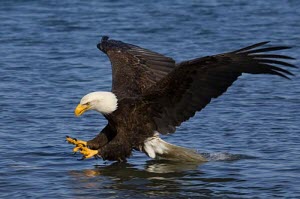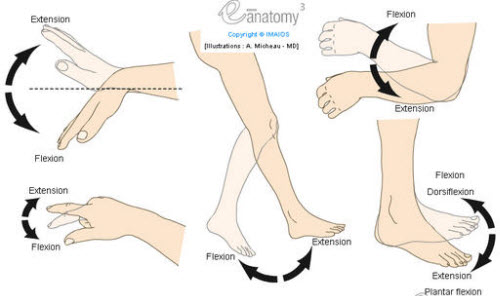
I used a new metaphor this morning that seemed to resonate with my class.
Watch this video and see if you can see the similarity between an eagle catching a fish and proper pedaling technique.
Through the magic of slow-motion photography it's obvious that the act of plucking a large salmon out of the water is a very fluid, near circular, motion by these powerful birds.
This morning was a cycling strength day. I really enjoy teaching these classes and I describe the format to the class as; BIG PEDALS turning slowly. But slow = STOMP for many in my class.
To help everyone move beyond stomp, I've been introducing the concept of ankling through each pedal stroke to my class. If you missed it here are two videos that demonstrate what local bike fit Guru Chris Balser categorized as USA vs. EU pedaling techniques. To help communicate the concept I've been talking about how there shouldn't be any specific action; stomp, scrape, pull up, ect.. Rather just one fluid motion of your feet rotating around the pedals, with flexible ankles. Tough to describe until I happened to see this video and then it clicked - the focus is on your toes! Or in the case of the eagle, its claws & talons.
Watch the video again and see how the eagle's talons and *ankles are at full extension as it reaches forward and down in preparation to grab the fish. The eagle's claws then flex forward, essentially rotating around its catch, as it lifts it from the water. This is the same movement Chris was helping me learn to improve my pedaling mechanics and power output.

The difference between extension and flexion in joint movements.
How would you describe this movement to your class?
I had everyone try to visualize what it would feel like to be an eagle, swooping down on a fat, tasty salmon. Talons extended as your pedal crosses the top of the circle, then, flexing forward while you sink your talons into the flesh. Your claws rotate around the fish as you drag your catch from the water... only to drop it... so you try again.
*I'm not sure what that joint is called on a bird, but you get the point.
Originally posted 2013-08-08 10:36:42.

I agree about the emphasis on toes but I extend that to asking people to think about their toes and heels. Toes go forward and heels go back. This helps beginners break out of the stomp model and aids more experienced people to feel ankling. I start beginners by asking them to let their ankles be loose and relaxed and the emphasis on toes and heels also seems to do that. When people are thinking about their foot going out rather than down they don’t seem to lock their ankles as much.
John,
Nice metaphor and the video is spot on. I would caution to much as emphasis on the talons grabbing the flesh of the salmon as many new riders may see this a curling of the toes. I always tell my riders to relax their feet and ankles and no “monkey toes” in my class.